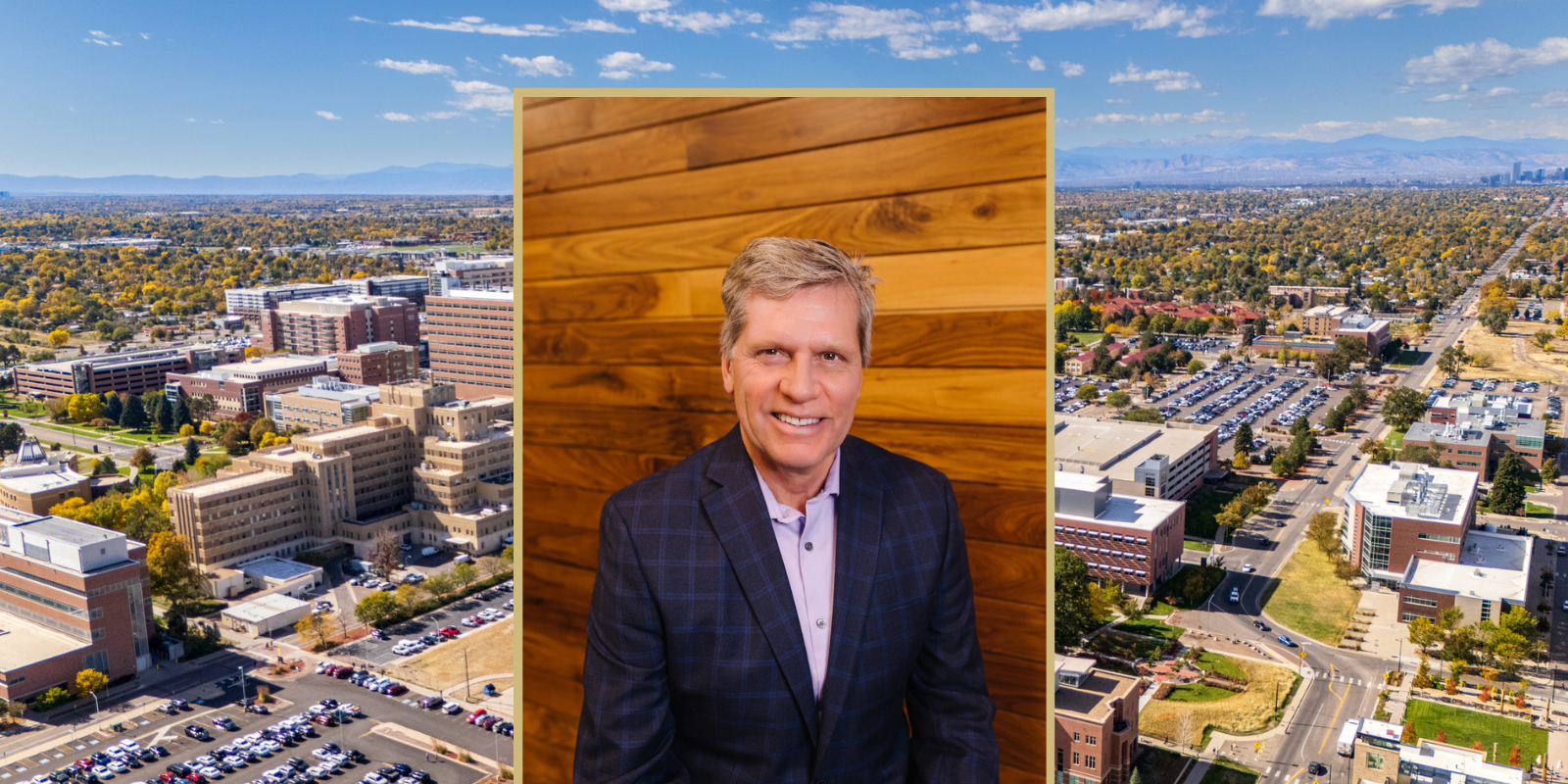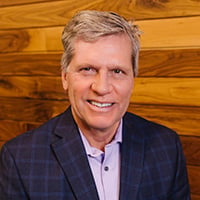Under your oversight, CU Innovations launched 44 companies, filed 1,833 patents and developed 1,220 inventions. What do you want people to remember about your work?
When I came here, healthcare innovation was happening in silos. There were a lot of very talented but different groups: the university, the hospitals and the innovation community. I knew if these groups could work together, it would be like no other campus in the U.S. Today, a CU physician can see patients in the morning. They can teach at noon. They can go to their research lab at 1 p.m. and then walk over to their company at 2 p.m. – no need to move their car. It’s unusual. I want people to understand that when we work together, a culture of innovation and collaboration is the result.
What was the inspiration behind CU Innovations?
Most universities have a tech transfer office. When you say "tech transfer" – that, to me, means silos. Somebody in their lab invents something in isolation, and then they hand it off to the tech transfer office. Neither knows nor understands its true value. In a culture of innovation and collaboration, you work together on all of those things upfront. You create an innovation ecosystem that’s built into the fabric, rather than coming up with something and then handing it over to someone else. That’s why we changed from a tech transfer office to CU Innovations.
When researchers or companies are working on something, they shouldn’t think of tech transfer or innovation as an afterthought. It should simply be part of what they do. This requires constant, everyday effort. Most of my time is spent collaborating with people, asking, "Have you thought about this?" or "Here’s a real unmet medical need – if you could solve this, we could get it to patients." That’s a completely different model from just sitting in tech transfer and waiting for the phone to ring.
How did you go about changing the culture at CU?
I call it identifying your "True North." It’s about knowing what you can truly be the best in the world at and how you can fundamentally improve healthcare. For us, the True North has always been the patient.
The next step is understanding the culture needed to achieve that True North vision. Once that’s clear, you lead by example. Every day, in countless meetings, I ask, “This is great science, but can it reach patients?” That’s the essence of True North – aligning culture and action to deliver real impact.
What are some non-negotiables for building a culture of innovation?
If you can stay true to your True North, lead by example and hire great people, you’ll create something meaningful. Hiring the right people has always been exciting for me. Seeing them grow, take on leadership roles and do incredible things is the most fulfilling part of my career.
What advice do you have for early-career professionals and researchers entering the field of biotech?
Two things come to mind. Number one, do not work in isolation. Number two, work with a sense of urgency.
Great science doesn’t always mean great business. Some technologies, while scientifically brilliant, may not be feasible. Researchers should know these challenges upfront to avoid wasted effort.
The second key point is having a sense of urgency. At the Colorado Bioscience Association annual meeting, a speaker with ALS shared how the disease progresses quickly. As she said, we must do research “at the speed of ALS.”
What are the most promising trends you’re seeing in biotech?
I've been in this field for 34 years and have seen hundreds of trends, but there’s something very promising about cell and gene therapy, or regenerative medicine. The University of Colorado Anschutz Medical Campus, in partnership with the Gates Institute, is investing $200 million in this area. It’s bringing a wealth of expertise to campus. I believe this could change the future of medicine.
The second area of focus is data. AI is all the buzz right now, and an enormous amount of data is being collected. If we can use it effectively, it could revolutionize medicine.
What’s an example of a data-driven project?
At CU Innovations, we’re focused on data-driven drug discovery. For example, take drugs that make it to phase 2 trials. These drugs often look promising at first, but when they undergo multi-center phase 2 trials, they fail to meet the endpoints. Pharmaceutical companies typically set them aside.
We've taken a different approach. By leveraging big data and analyzing samples down to a single cell, we can better understand why these drugs failed. We can resurrect some phase 2 drugs and identify which patient groups would benefit from them.
When did you start to understand the impact CU Innovations was having on the CU Anschutz community?
In my early years attending the chancellor’s State of the Campus address, (CU) Innovations wasn’t mentioned. In the last five years, the chancellor has highlighted innovation every time – what we’ve done, its impact on campus and patient stories. That’s when I knew we were making progress – innovation paired with patient stories builds an ecosystem and creates a culture.
What are you looking forward to in retirement?
Retirement is a bit scary, honestly. After spending your whole career building something, transitioning to something different feels like a big change. But it’s also exciting.
The main criterion for me moving forward is that I want to work with people I really like. It all comes down to the people for me. I’m open to working with advisory groups, but I also want to find a balance between work and life as I navigate this next chapter.





